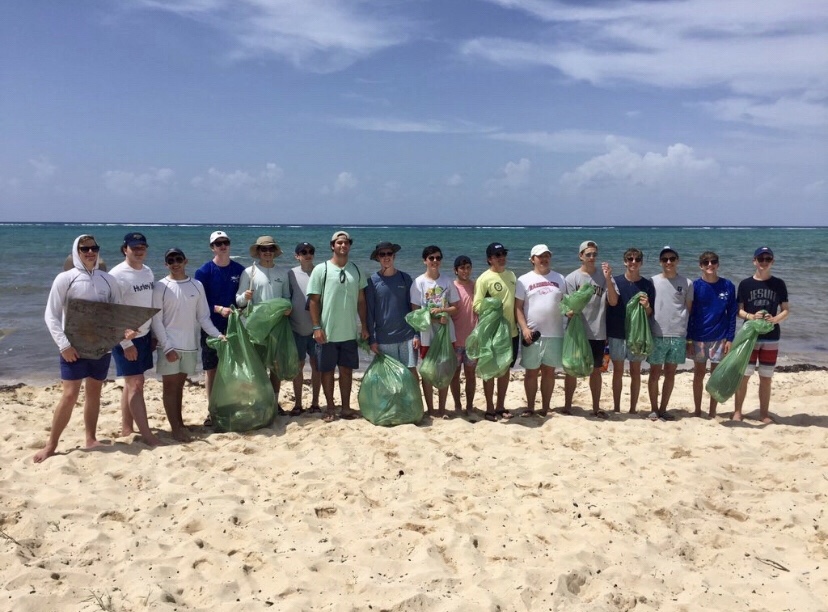On the fifth day of dives, the group and I were traveling to the Kittiwake Ship Wreck. Kittiwake’s story is a interesting one. The ship was first set sail on July 10th, 1945. The vessel served as sub rescue ship. Interesting enough, during its service time, the USS Kittiwake destroyed and saved one submarine. Coincidentally, the destroyed sub was the same as the saved sub. The wiring within the Kittiwake was reversed, reverse being forward and forward being reversed and the Kittiwake accelerated into the submarine. Luckily everyone was safe and okay. The vessel was decommissioned in 1994. After being decommissioned, the Kittiwake was donated to the Caribbean and was the first ever ship donated to a foreign government. It was donated to serve as and artificial reef and touched down in August of 2009. This quickly became a super big spot for divers and dive masters alike. Seeing the coral life, as well as the fish population amongst the ship was incredible. Inside and out, the boat had fish and schools of fish flowing through.
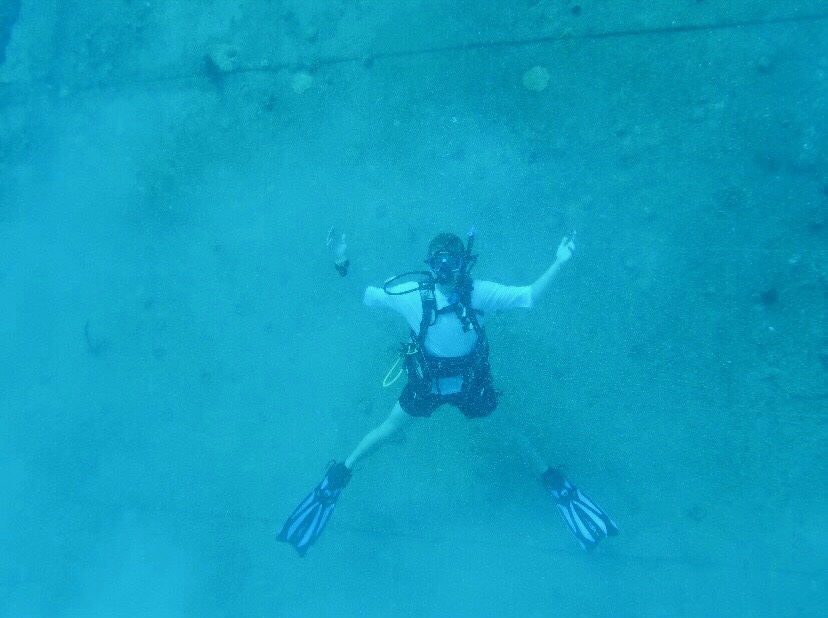
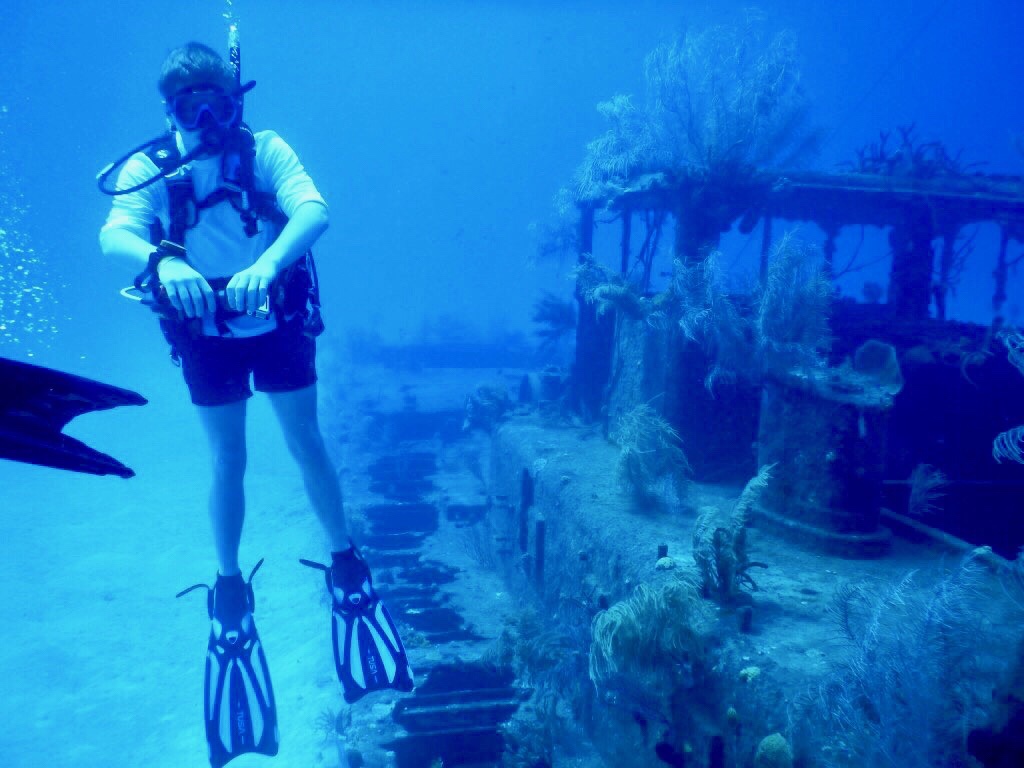
After Kittiwake, we sailed to the next dive site, Doc Pulson. Doc Pulson is a site of a cable laying ship turned artificial reef. Doc Pulson was a doctor on the Cayman Island who gave dive masters free yearly checkups. He also brought the first hyperbaric chamber onto the islands so divers could be treated of decompression sickness. This wreck was once a huge tourist attraction within the island, prior to the arrival of Kittiwake. Similar to the other ship reef, Doc Pulson was covered in life. There was a much higher population because of the amount of time since the Doc Pulson became placed as an artificial reef (38 years). The two most notable fish I saw on the Doc Pulson were a grouper and parrot fish. Both of these stuck out to me due to how much bigger they were then the typical fish we have been seeing throughout our dives. I think they were larger because of the mass amount of coral and small feed they can find in and out of the ship.
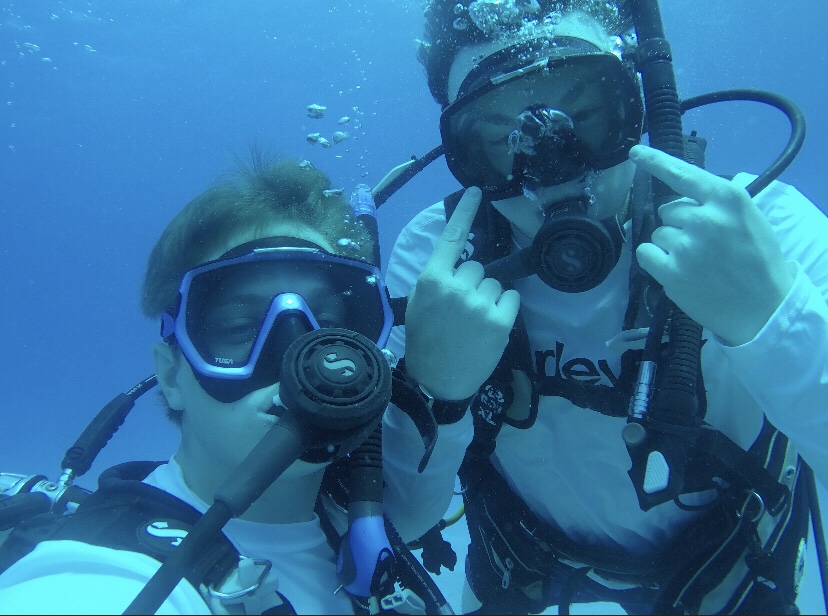
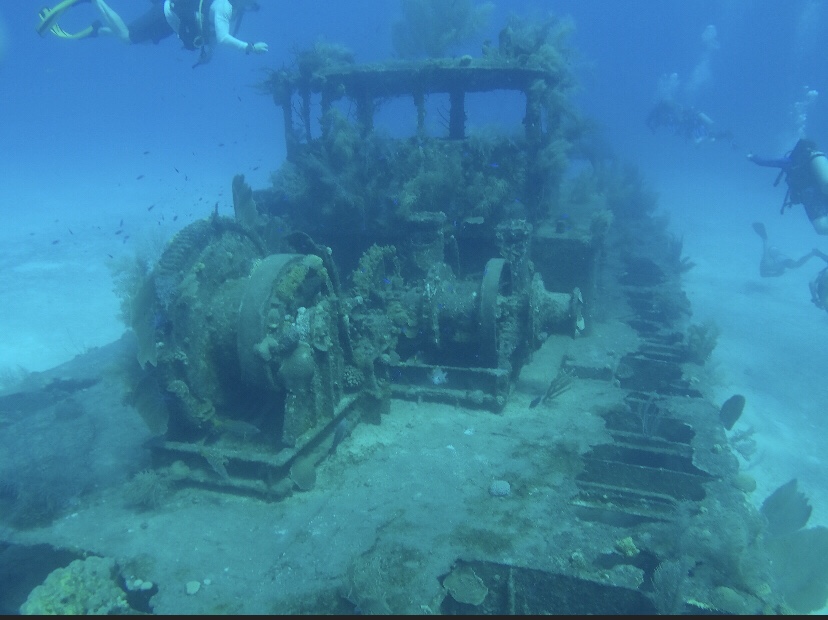
The last activity on the list for day number 6 was a beach cleanup. This cleanup was similar to the one we did last year in Hawaii. This year we broke up into our groups based off rooms, and ventured up and down the beach in search for trash. The amount of small pieces of plastic and paper were actually surprising. I was expecting a lot more larger items such as cans and cups, but I found shards of plastic, whether it be from forks or spoons. The way we came together to clean up the beach was awesome. The goal for me was to care for God’s creation as He intended for us to do. The picking up of trash not only protects the nature, but also the lives of the animals within the forestry and ocean.
